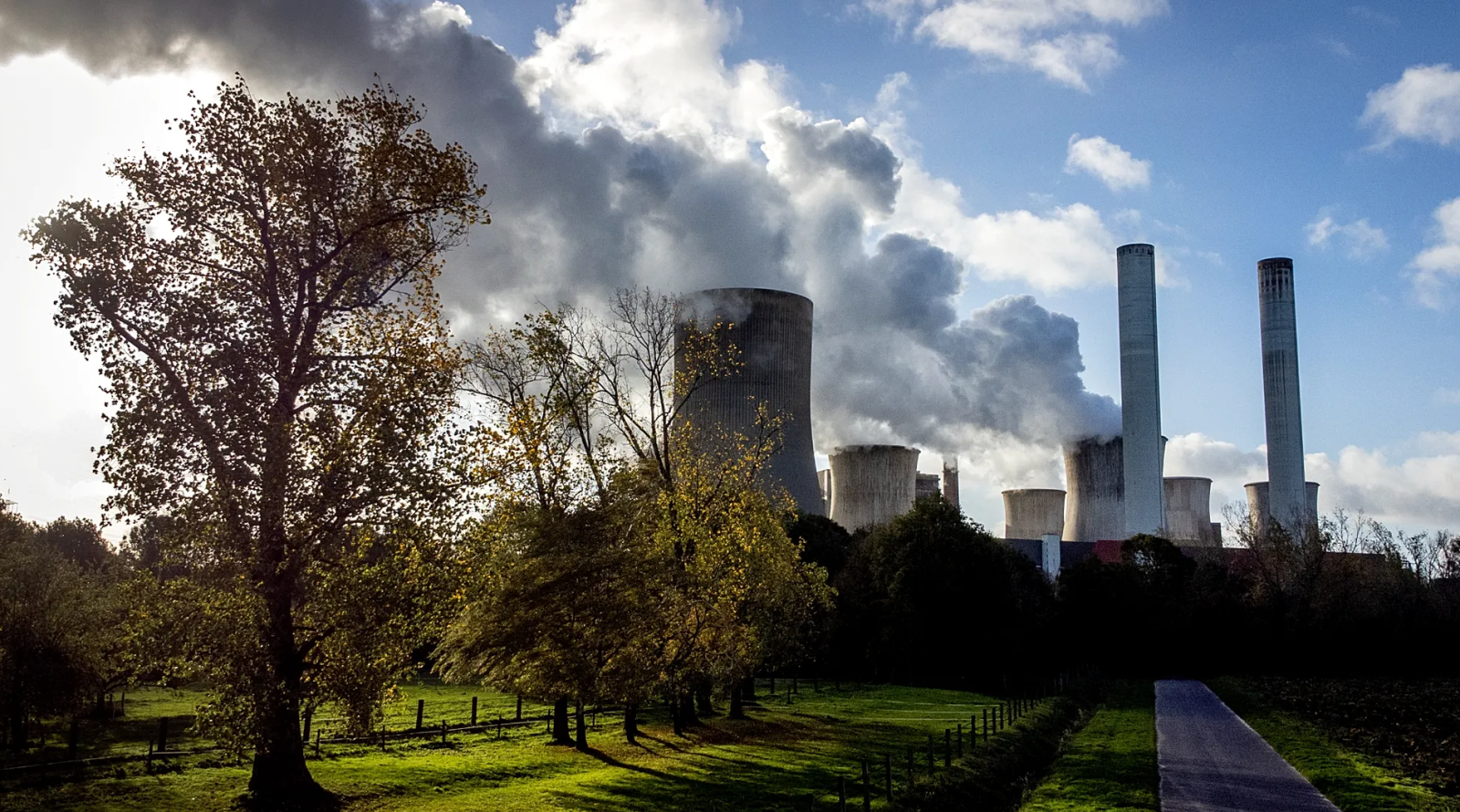
Talks are expected to resume on both targets — a near-term 2035 emissions plan and a longer-term 2040 reduction goal — that will shape Europe's industrial and economic strategy for decades to come.
The European Commission has proposed a binding 90% cut in greenhouse gas emissions by 2040, setting a pathway toward full climate neutrality by mid-century. Ministers discussed the plan at a Council meeting in Luxembourg this week, but no final agreement was reached.
The proposed 2040 target will also guide the EU's next Nationally Determined Contribution (NDC), due to be presented at COP30. It is seen as a critical link between the bloc's existing 2030 targets and its 2050 net-zero ambition.
"We must leave Belém with a clear plan to keep 1.5°C within reach," said Denmark's climate minister Lars Aagaard, speaking on behalf of the Danish EU presidency. "The next step will be agreeing on our NDC and updating the Climate Law accordingly."
In September, EU leaders failed to reach consensus on the 2035 emissions goal, floating instead a range of reductions between 66% and 72.5% compared to 1990 levels. The issue has now been pushed to the next Council summit on 23 October, where heads of state will discuss what officials call "enabling factors" and "conditionalities" to support a target that is both "ambitious and realistic."
EU Climate Commissioner Wopke Hoekstra told reporters that leaders were expected to postpone a final decision again, asking environment ministers to continue negotiations and conclude them at an extraordinary meeting on 4 November.
‘We Will Fall Short'
Under the Paris Agreement, governments must submit or update their national climate pledges every five years. The EU's new NDC will need to incorporate the 2035 target and reflect progress toward 2040.
Hoekstra admitted that the bloc might miss its own expectations. "If you look at what the NDC will likely include, it's safe to assume we will fall short," he said, while arguing that the EU was still doing far more than other major emitters like China or the U.S.
While the 2040 target is to be embedded in the EU Climate Law, some member states — notably Denmark and the Netherlands — are calling for both the 2035 and 2040 goals to be adopted simultaneously to boost Europe's negotiating power at COP30.
However, others — including France, Germany, Italy, Hungary and Slovakia — are pushing back, warning that overly strict targets could threaten industrial competitiveness and employment.
A major sticking point remains whether international carbon credits should count toward the 2040 goal. Officials are also debating how these offsets might interact with the EU's Emissions Trading System and whether carbon storage outside the bloc should be recognised.
In a letter to member states on 20 October, European Commission President Ursula von der Leyen reaffirmed her support for the 90% target but suggested that "significant flexibilities" could be built in. Up to 3% of reductions, she said, could come from "high-quality international credits," allowing slightly lower domestic cuts as long as they are offset by verified efforts abroad.
Environmental groups have condemned that approach, arguing that it risks weakening Europe's leadership on climate action by shifting responsibility to other regions instead of cutting emissions at home.
Balancing Decarbonisation and Competitiveness
Both the 2035 and 2040 goals are designed to accelerate Europe's transition away from fossil fuels — a shift that will require major investment in clean technologies, grid upgrades, and worker retraining. But the cost of that transition remains politically sensitive, particularly for energy-intensive industries and lower-income households.
"The green transition must serve three goals at once — climate protection, competitiveness, and energy independence," Hoekstra said. "We can't afford to advance one at the expense of the others."
According to a new report by Boston Consulting Group and Dansk Industri, more than half of the emissions cuts required to reach the 2040 goal will depend on massive infrastructure upgrades — including renewable generation, electrification of transport, and large-scale energy storage. The study estimates that roughly €12 trillion in investment will be needed by 2040 for Europe to remain globally competitive.
‘A Strategic Opportunity'
More than 200 scientists urged EU leaders in an open letter this week to adopt a minimum 90–95% domestic emissions reduction by 2040, calling it both a "climate necessity and a strategic opportunity." They argued that decisive decarbonisation could save hundreds of billions in fossil fuel imports and create millions of new jobs in clean industries.
A policy analysis by the Brussels-based think tank Bruegel echoed that assessment but warned that global instability, trade tensions, and rising inequalities could derail the EU's efforts. Achieving the 2040 goal, it said, would require a 50% increase in renewable electricity generation and a 75% drop in fossil fuel use compared to 2019 levels.
Joseph Dellatte of the Institut Montaigne said the coming months will determine whether Europe leads or follows in the global race for green technology.
"Europe must decide whether it wants to be a maker of the decarbonised future — or merely a customer," he said.